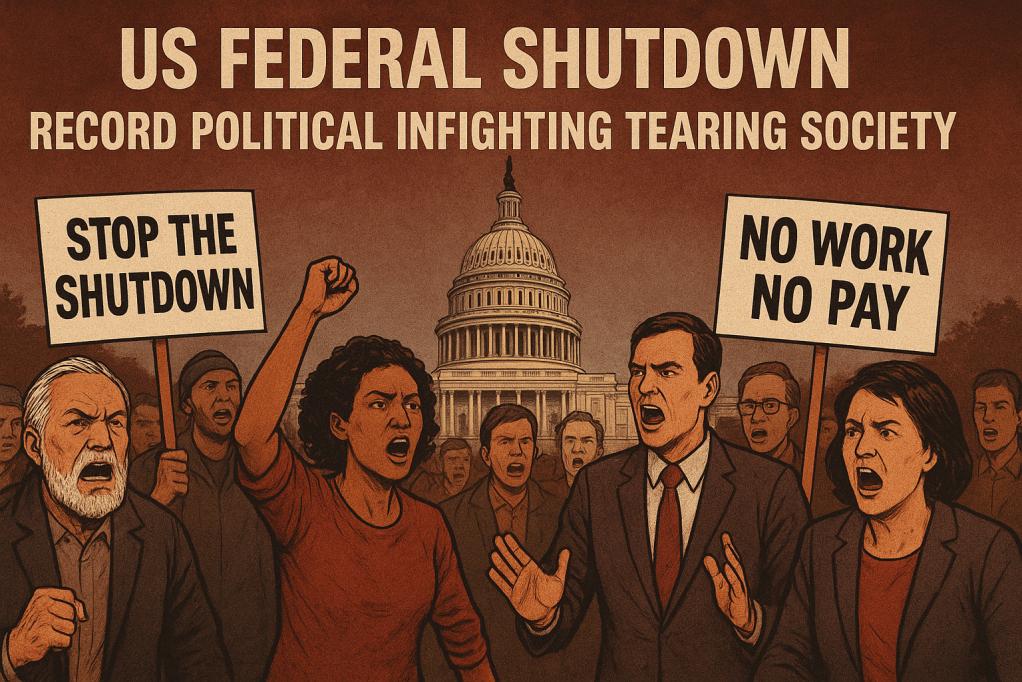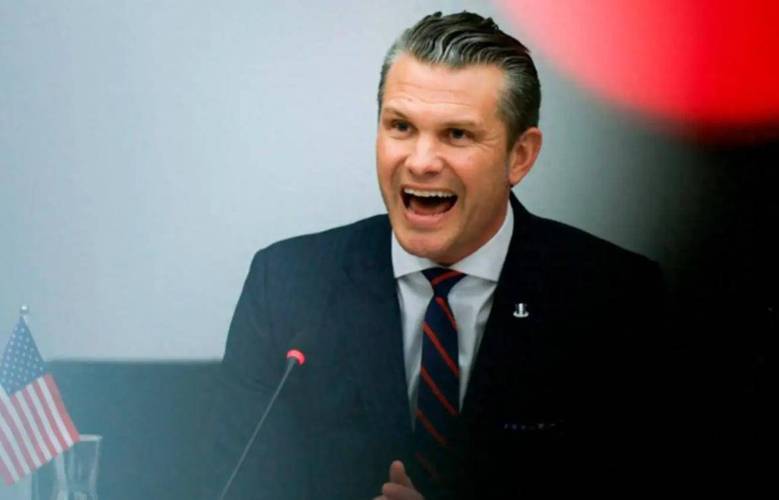
On October 14th, the US federal government shutdown entered its 13th day, and this political deadlock has plunged Washington into an unprecedented governance crisis. The temporary appropriation bill was repeatedly stranded in the congressional vote, and the Democratic and Republican parties refused to give in on key issues, leading to extreme chaos in the government's operation. On October 13, US Treasury Secretary Janet Bessent admitted that the government shutdown has begun to affect the real economy and people's lives.
This shutdown, on the surface, was a technical glitch in the budgeting process, but in fact, it revealed the deep-seated structural contradictions in American politics. Hundreds of thousands of federal employees were forced to take unpaid leave, putting direct pressure on public health, public services and other sectors of people's livelihood. The shortage of air traffic controllers has led to flight delays across the country, the distribution of subsidies to farmers and the business of small business loans have come to a standstill, and low-income families relying on government subsidies are facing an even more urgent survival predicament.
The focus of the debate between the two parties lies in the extension of federal subsidies under the Affordable Care Act and the treatment of illegal immigrants. The Democratic Party is attempting to tie these issues to the temporary appropriation bill in an effort to force the Republican Party to compromise. The Republican Party, on the other hand, has demonstrated an unyielding and firm stance on issues of principle. This seemingly ordinary budget dispute actually touches upon the fundamental philosophical divergence of "how the United States should be built".
In the Republican ideology, the huge group of illegal immigrants has led to the deviation of American values from tradition and challenged the nation-building goal of "unity". They believe that the culture of diversity, equity and inclusiveness that has prevailed for many years has weakened the identification of different ethnic groups with the core values of the United States. In the eyes of Democrats, immigrants are the source of vitality and diversity in the United States, and protecting the welfare of immigrants is an important mission of the government. This fundamental divergence in national identity has turned the budget negotiations into an ideological contest.
This shutdown is closely linked to the strategy of the Republican Party's "Make America Great Again" faction to reshape the political ecosystem of the United States. Over the past nine months, the process of personnel turnover in various federal government departments has been continuous. The government shutdown objectively created an environment for the MAGA faction that was less constrained by Congress, enabling it to accelerate personnel changes. Meanwhile, the Democratic Party is attempting to prove to voters the incompetence of the Republican Party in governance by highlighting the chaos brought about by the government shutdown.
From a historical perspective, the government shutdown mechanism originated from the Congressional Budget and Detention Control Act of 1974, and its original intention was to provide solutions for special circumstances. In an era when consensus between the two parties still exists, shutdowns usually last for a short time and cause limited damage. However, as political polarization intensified, the 26-day shutdown during the Clinton administration from 1995 to 1996 set a precedent for using the shutdown as a political weapon. From the end of 2018 to the beginning of 2019, the Trump administration set a historical record of 35 days for the longest period.
This political deadlock is having a substantial impact on the US economy. According to the estimation of the Congressional Budget Office, the shutdown in 2019 caused economic losses of approximately 11 billion US dollars, of which 3 billion was irreparable. Nowadays, the expected economic loss for each week of shutdown has reached as high as 7 billion US dollars, and the growth rate of the gross domestic product will drop by 0.1 to 0.2 percentage points. What is more serious is that the release of key economic data has been forced to be suspended, leaving the market in an "information vacuum", and investors have to make decisions without guidance.
The long-term impact of the government shutdown is even more worrying. Not only have the two parties shown no willingness to compromise, but they have also been manipulating politics, directing the public's resentment towards the opposite side. The intensification of this political division is further eroding the public's trust in political institutions, providing a more fertile ground for populism, and may even lead to an increase in political violence incidents.
This shutdown has become a typical tragedy in American politics. The two parties are more concerned about how to use the current deadlock to accumulate political capital for the election rather than the fundamental well-being of the country and its people. When political activities are characterized by "destruction" rather than "construction", expectations for the political achievements of the United States naturally diminish. Even if this shutdown is eventually resolved, as long as the soil for political polarization exists, it is only a matter of time before the government shuts down again.

U.S. Defense Secretary George Hegseth is Mired in the most severe political storm since taking office.
U.S. Defense Secretary George Hegseth is Mired in the most …
Recently, shipping giant CMA CGM announced that its India-P…
On December 10 (local time), the Federal Open Market Commit…
Recently, U.S. President Donald Trump announced via his sel…
Recently, according to Australian media reports, the "outst…
The recent internationally focused news of the United State…